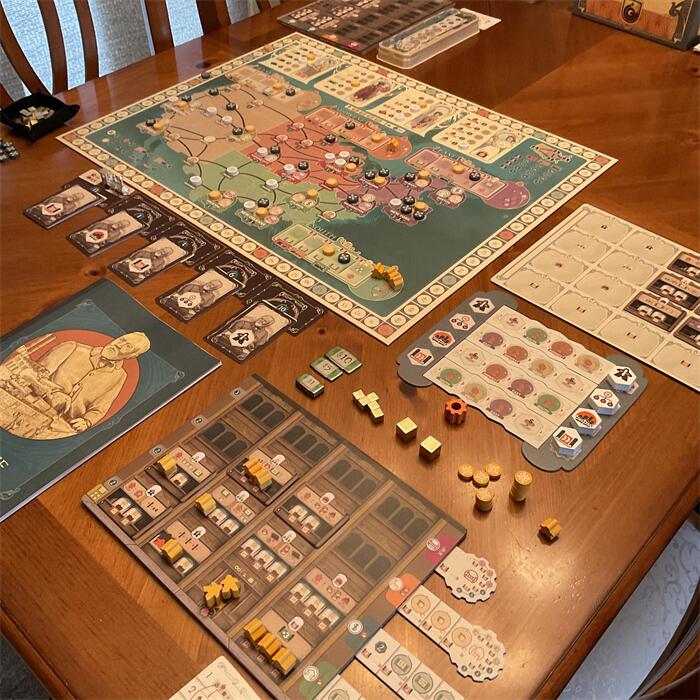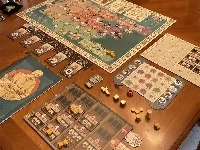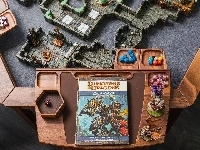Designing a board game involves a complex interplay of creativity, strategy, and market understanding. The process can be highly rewarding, yet it demands attention to numerous details to ensure both player engagement and commercial success. Below, we will explore key precautions in board game design, illustrated with successful examples and supported by real data where available.
1. Market Research
Before initiating the design process, it is essential to understand the target audience and market trends. Research should focus on identifying popular genres, age groups, and the level of complexity that potential players prefer. For instance, the resurgence of tabletop gaming has shown particular growth in strategy games among adults aged 25-44.
Example: Catan, originally published in 1995, continues to be a best-seller due to its appeal to both casual and serious strategy game fans. Market adaptation, like the “Game of Thrones Catan,” showcases how understanding audience preferences for thematic elements can drive sustained interest.
2. Game Mechanics
Choosing the right mechanics is crucial for game flow and player engagement. Mechanics should align with the game’s theme and target audience’s expectations. Common mechanics include card drafting, tile placement, and resource management.
Example: Ticket to Ride uses a simple yet engaging route-building mechanic that appeals to both beginners and experienced players, contributing to its global sales of over 8 million copies as of 2020.
3. Balancing
A well-balanced game offers all players a chance to win, regardless of the play order, and ensures that no single strategy dominates. Balancing involves extensive playtesting and adjustment of rules, game components, and scoring systems.
Example: Dominion, the pioneer of the deck-building genre, underwent numerous playtests to balance the vast array of available cards, leading to its critical and commercial success.
4. Artwork and Components
The visual design and quality of components significantly affect a game’s shelf appeal and user experience. High-quality, thematic artwork can captivate players, while durable and functional components are crucial for gameplay and longevity.
Example: Azul, awarded the Spiel des Jahres in 2018, is renowned for its beautiful Moorish-inspired tiles, which enhance the tactile and visual appeal, encouraging repeated play.
5. Scalability and Adaptability
Designing a game to be scalable for different numbers of players and adaptable for expansions can extend its life cycle and profitability. This involves designing rules and mechanics that are flexible yet balanced for various group sizes.
Example: 7 Wonders scales seamlessly from 3 to 7 players, and its multiple expansions have kept the game fresh and engaging for the community.
6. Inclusivity and Accessibility
Games should be designed to be inclusive and accessible to players of all abilities and backgrounds. This includes considering color blindness, physical and cognitive accessibility, and cultural sensitivity in game content.
Example: Codenames offers variants like Codenames: Pictures and Codenames: Duet to cater to different preferences and abilities, broadening its audience.
7. Pricing Strategy
The pricing must reflect the production costs, market position, and perceived value. Competitive pricing can attract initial purchases, but the game’s quality must justify the cost to foster positive reviews and ongoing sales.
Example: Gloomhaven, despite its higher price point, offers extensive replayability and depth, justifying its cost and leading to widespread acclaim and sales success.
8. Marketing and Promotion
Effective marketing strategies can significantly impact a game’s market entry and ongoing sales. This includes leveraging social media, board game conventions, and reviews by influential gamers.
Example: Exploding Kittens utilized a record-breaking Kickstarter campaign to build hype and secure pre-orders, translating into over 10 million copies sold worldwide.
Data Sources
The data and examples cited in this article derive from industry reports such as those published by the Entertainment Software Association, sales data available through publishers and distributors like Asmodee and Fantasy Flight Games, and market analysis conducted by agencies such as NPD Group and Statista.
In conclusion, successful board game design requires a balanced approach to creativity and strategic market understanding. By incorporating thorough market research, careful balancing, high-quality components, and effective marketing, designers can create engaging and successful board games.









1 thought on “Things To Note When Designing Board Games”
I am really impressed together with your writing skills and also with the structure to your blog. Is that this a paid topic or did you customize it yourself? Either way keep up the nice high quality writing, it’s uncommon to look a great weblog like this one today!